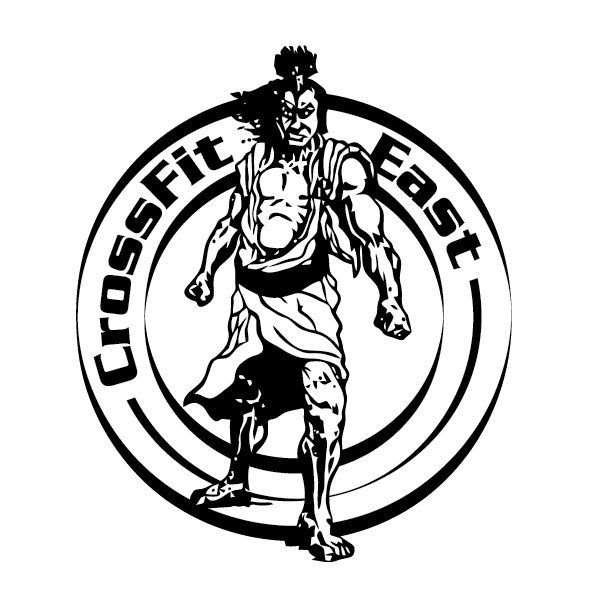Archive for 2025
Saturday 20251122
10-minute AMRAP
Complete as many rounds as possible in 10 minutes of:
10 clean and jerks
10 front squats
Friday 20251121
20-minute AMRAP
Complete as many rounds as possible in 20 minutes of:
5 strict chest-to-bar pull-ups
10 ring push-ups
20 weighted box step-ups
Thursday 20251120
5 rounds for time:
Run 400 meters
8 squat snatches
Friday 20251219
75 reps for time:
½ bodyweight clean and jerk
Additionally, stretch for 20 minutes.
Tuesday 20251118
Jerk 3-3-3-3-3-3-3 reps
Monday 20251117
5 rounds for time:
10 strict toes-to-bar
Run 400 meters
Saturday 20251115
For time:
Run 400 meters
Rest 1 minute
Run 800 meters
Rest 2 minutes
Run 1,200 meters
Rest 3 minutes
Run 1,600 meters
Friday 20251114
Complete as many rounds as possible in 15 minutes of:
10 Pullups
10 knee to elbows
50-ft. lunge
Thursday 20251113
5 rounds for time of:
25 kettlebell swings
15 GHD sit-ups
15 back extensions
Tuesday 20251111
Chad
